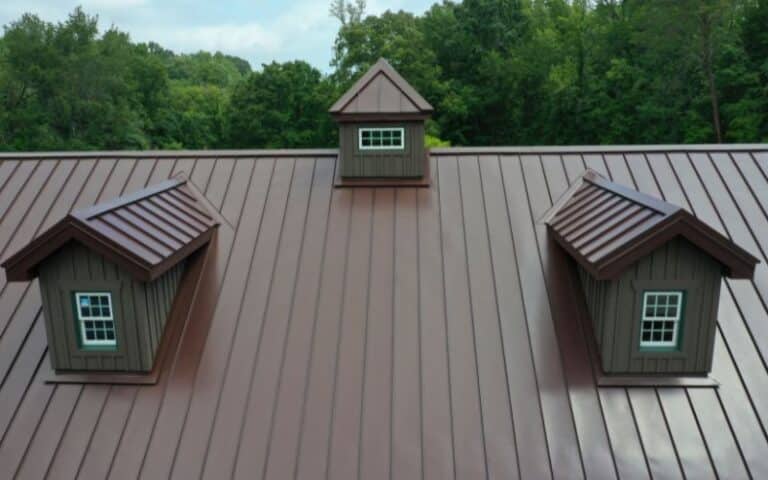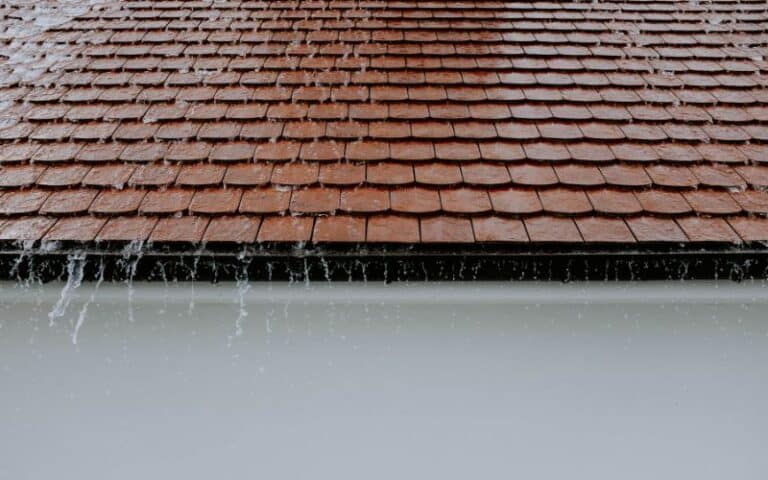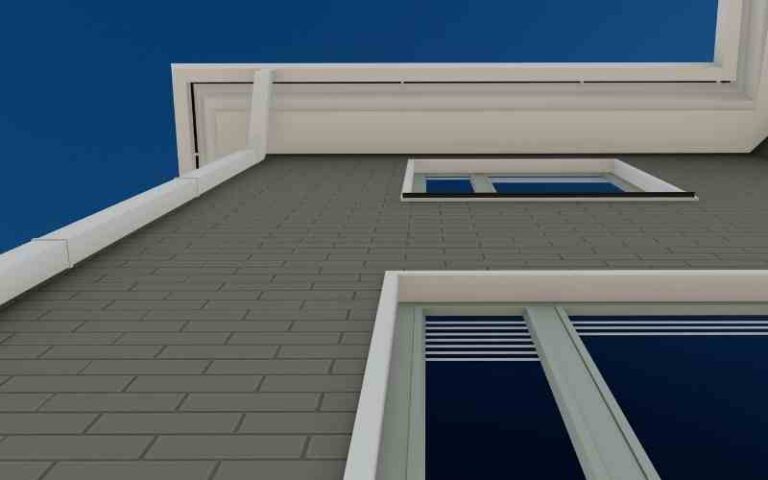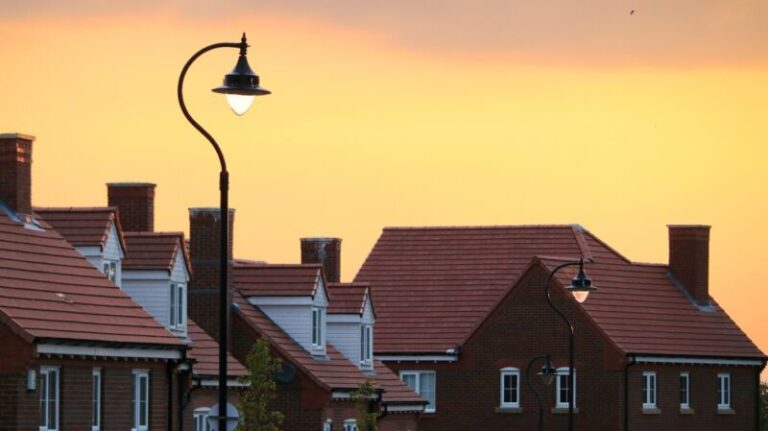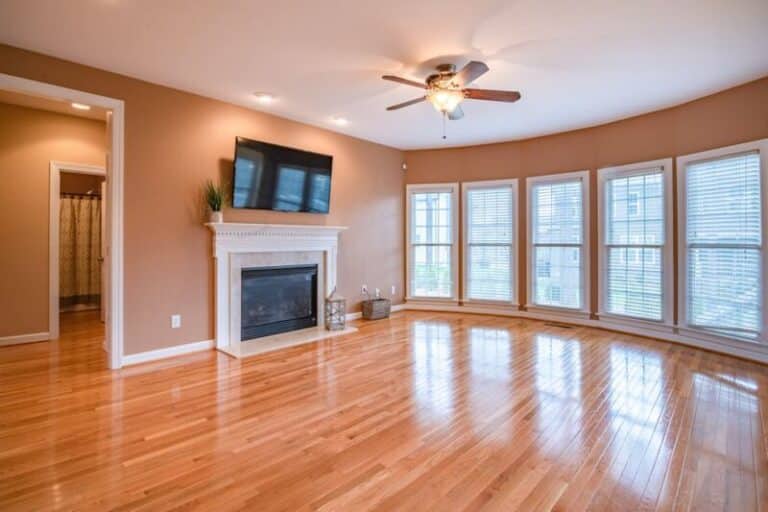Rubber roofs, also known as EPDM (Ethylene Propylene Diene Polymer), are one of the most popular roofing options contractors recommend for commercial buildings.
It is due to their durability, affordability, and energy-efficient properties. Rubber roofing works best if you have a damaged roof and are looking to replace it.
With routine care, you can extend the life span of your rubber roof. So, how long does a flat rubber roof last? Read on to find out.
Ready for a Roofing Quiz?
How Long Does a Rubber Roof Last?
Rubber roofing is made from slated dust, recycled rubber material, and sawdust. It is then processed into flat single-ply roofing coatings.
The cost per square foot makes rubber roofing one of the best options. Rubber roofs that have passed UL testing are known to be tough.
They reflect UV rays, insulate properties efficiently, and endure all weather effects.
Rubber Roofing Basics
Rubber roofing is easy to install. It has eco-friendly qualities and is exceptionally fire-resistant, which makes it one of the best options for commercial buildings.
The rubber membrane on these roofs is excellent and elastic. It expands and contracts under the sunlight.
How long your rubber roofing lasts depends on many factors, such as the quality of materials used, the maintenance, and the installation technique.
With the correct installation technique, you can achieve a moisture-resistant and no-leak roof that is better than the most expensive roofing options.
Rubber roof locks away all the moisture and helps prevent fungi growth or other roof-harming lifeforms. It weighs no more than two pounds and is exceptionally lightweight.
Average Roof Lifespan
A rubber roof lasts longer than other roofing materials for various reasons. First, rubber roofing is designed to be highly sturdy again severe winds, hail, ultraviolet radiation, and ozone. Second, it is highly fire and heat-resistant. Thus, it is a safe option for commercial buildings.
A well-maintained rubber roof can last you somewhere between 40 to 50 years. It depends on factors such as a proper drainage system, suitable installation methods, and the types of materials used.
Rubber Roof Maintenance
Once you install a rubber roof, it’s on you to maintain and make it last for years. But how does one do that?
Scheduling regular cleanings: professional cleaning is crucial for a rubber roof. Even though these roofs are long-lasting, extreme weather conditions can affect their longevity. Make sure you have a warranty, and you get monthly cleanings done.
Not skipping on repairs: cleanings are good but so are routine inspections. Consistent repairs will ensure that your roof is safe from common problems such as leaks. You want to confirm that your roof is not swelled up or peeling from specific areas.
How Proper Can Maintenance Increase Your Roof’s Life Expectancy?
If you plan to install a rubber roof, you must ensure you do it in the best possible way. Here are the key steps you need to take to install a rubber roof effectively.
Roof Deck Preparation
Commercial properties don’t usually have slopes or other shapes. In this situation, you must install an EPDM coat and ensure they are secured tightly.
However, before that, you must clean the area to avoid dust particles. If the area is now well cleaned, it can hinder the adhesive process making it weaker.
The entire point of the EPDM membrane is to stick to the roof’s surface, so you must ensure it is done effectively.
Batten and Trim Installation
Carefully inspect areas of your roof that are near the gutter so that you know where you need to install a deck. It will ensure that the dirty water from rainfall and cleaning goes straight into the gutter.
The water will flow directly into the gutter with the help of a curve that’s linked to a batten above them. It prevents the roof fasteners and supporting walls from getting damaged.
Install Wall Upstand
You must work on areas of the walls in a way that sends moisture from your wall to the EPDM membrane and accepts flashing.
You must remove additional brick mortar with the help of angle grinders to easily attach the flashing. It is crucial for the flashing to be well attached for the process to be effective.
Prepare EPDM Layer
Expand the roofing membrane and allow it to stay put for the next thirty minutes. If you wish to speed up your installation process, you need to gauge the flat roof and detect the number of sections you need to cut from the membrane.
Even though the material is high quality and resistant to several things, it can be cut with the help of a pair of scissors.
Apply Adhesive
It is one of the most crucial steps of the rubber roofing process. Its durability is highly dependent on the material’s bond with the surface.
Cut the EPDM parts so that they fit perfectly. A professional will know how to overlap and fold each layer to ensure the rubber roof sits appropriately.
Cut EPDM Excesses
Cut off any additional wall material and remove the adhesive that may have leaked and dried. However, you must ensure that the material sticks well to the roof before you start cleaning.
Related: How Long Does Roof Last in Houston?
In Conclusion
Generally, a well-kept rubber roof can last up to fifty years. However, you’ll have to maintain a thorough maintenance, inspection, and cleaning routine. Over the years, rubber roofing has become quite common.
And even though it offers you plenty of benefits, it is still a significant investment. Its advantages have the edge over other roofing materials available in the market, which is why it stands out.

